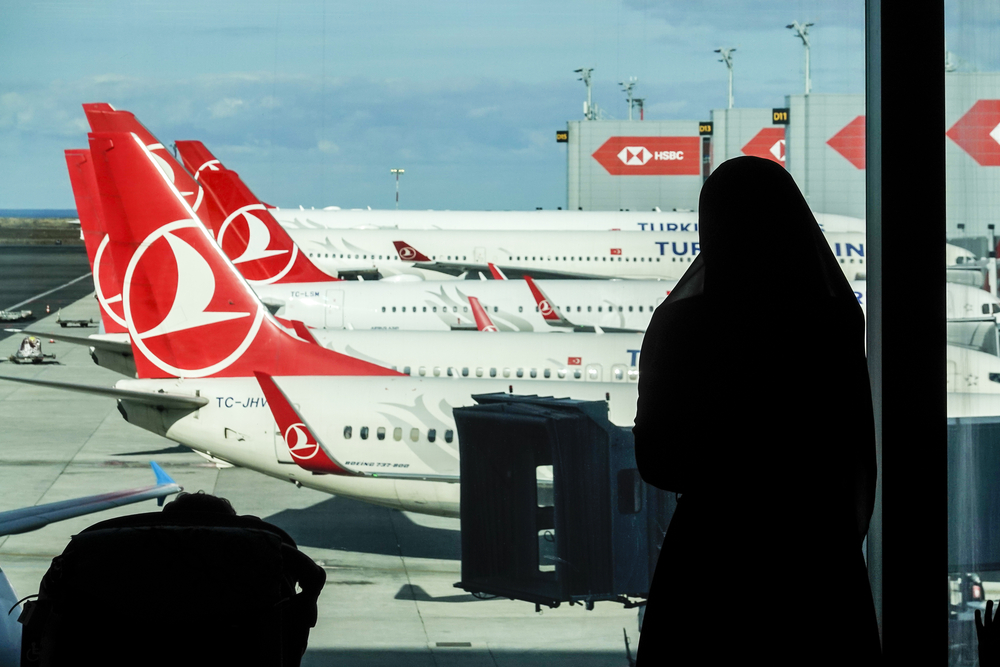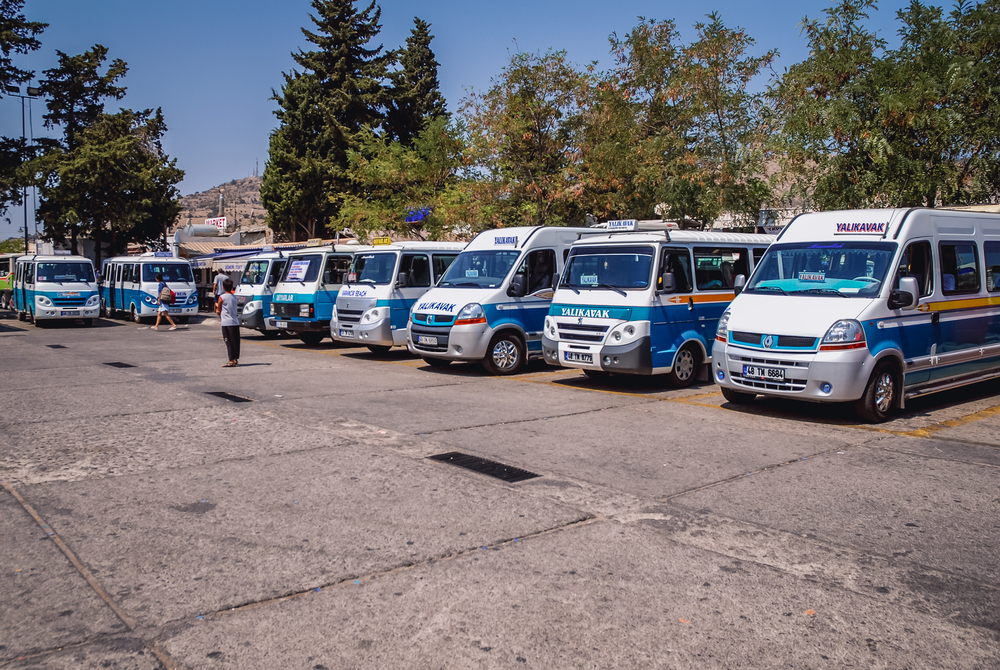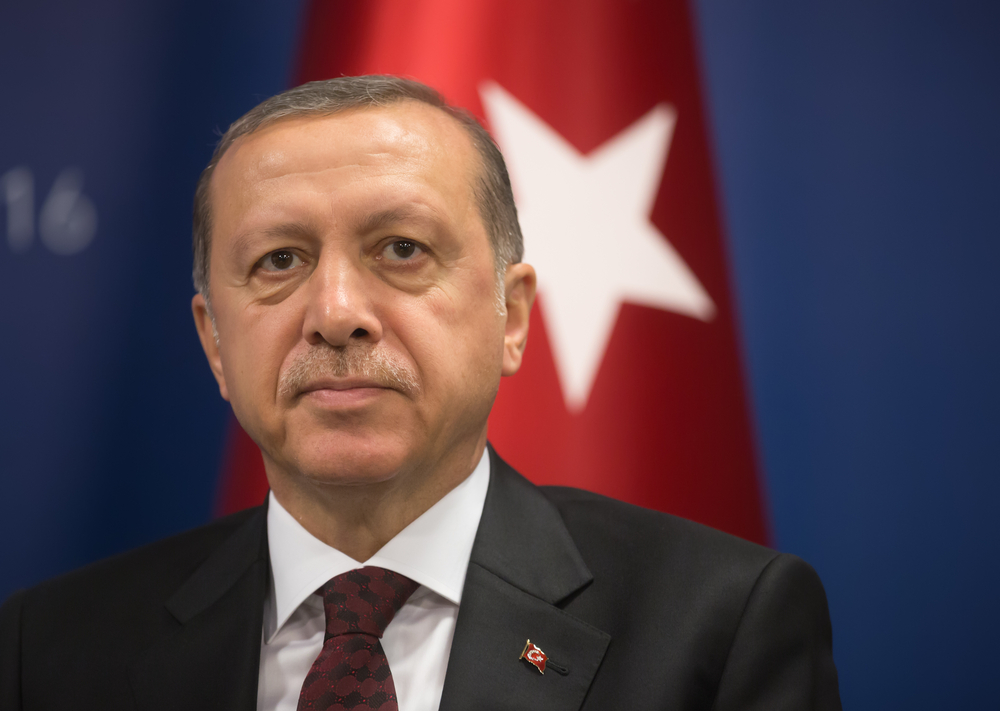However, there are also criticisms of Erdogan's approach to infrastructure development.
Mobility and infrastructure are two crucial aspects for the economic and social development of any country, and Turkey is no exception. Since Recep Tayyip Erdogan (69) came to power in 2003, his government has made substantial investments in infrastructure to improve mobility within the country. These efforts have had a significant impact on both Turkey's economic growth and the daily lives of its citizens.
One of the notable aspects of Erdogan's infrastructure policy is the attention paid to improving public transportation. For example, new metro lines have been built in cities such as Istanbul and Ankara, and the country has expanded the number of high-speed trains, making intercity travel faster and more efficient. In addition, multiple bridges and tunnels have been built, such as the Yavuz Sultan Selim Bridge and the Eurasia Tunnel, both of which have reduced traffic congestion in Istanbul and improved transport links between different parts of the city.
However, there have also been criticisms of Erdogan's approach to infrastructure development. Some critics argue that there is too much emphasis on large-scale, prestigious projects at the expense of more mundane infrastructure needs.
Erdogan's government is now set for another five years and has also invested considerable resources in the aviation sector in the previous legislature. The opening of the new Istanbul Airport in 2018, which is one of the largest in the world, illustrates this focus. The airport has the capacity to strengthen Turkey's role as a major hub for international flights, with the potential to serve more than 200 million passengers annually.

Erdogan, Turkey's strongman for twenty years, is particularly popular with conservative Turks. Erdogan ended a controversial ban on wearing headscarves in universities and offices. In terms of mobility, his government has been trying to make rural areas more accessible by investing in highways and local roads. These efforts have helped integrate remote areas into the wider economy and created new opportunities for trade and tourism.
Dolmuş vans
The vans are an essential part of the public transport infrastructure in Turkey, especially in major cities such as Istanbul, Izmir and Ankara. These vans are both a colorful and practical mode of transport, deeply rooted in the daily life of the Turkish people. The word 'dolmuş' literally means 'filled' in Turkish, which refers to the fact that these vehicles do not leave until they are full of passengers. They follow fixed routes but have no fixed stops. Instead, passengers can get on and off just about anywhere by telling the driver where they want to go.
In recent years, there has been a trend in some Turkish cities to modernize dolmuş vans and integrate them into the wider public transport system.
The dolmuş offers many advantages. First, they are often faster than conventional buses because they stop less often. They also operate outside normal schedules, meaning they are a reliable transport option during peak and late hours. Plus, they offer the flexibility of taxis, but at a much lower cost, making them a popular choice for locals and tourists alike.
Nevertheless, the dolmuş vans also have their challenges. They are often overcrowded and not always comfortable, especially during rush hour. In addition, they can be difficult for tourists or first-time visitors to navigate due to their ad hoc nature. In addition, compared to more modern forms of public transport, they often lack accessibility features for the elderly or people with reduced mobility.

In recent years, there has been a trend in some Turkish cities to modernize dolmuş vans and integrate them into the wider public transport system. This has resulted in better regulation, more uniformity in fares and routes, and improved comfort and safety standards.
critics
However, there have also been criticisms of Erdogan's approach to infrastructure development. Some critics argue that there is too much emphasis on large-scale, prestigious projects at the expense of more mundane infrastructure needs. There are also concerns about the environmental impact of some of these projects and the lack of transparency and accountability in how they are being implemented.

There is no denying that Erdogan's commitment to infrastructure development has played an important role in shaping modern Turkish society and economy.
It has contributed to the rapid economic growth of the country and has created new opportunities for citizens in terms of mobility and accessibility. But it has also raised issues of sustainability, responsible governance and the balance between large-scale projects and people's day-to-day needs. It will be interesting to see how these dynamics develop in the future. Erdogan's main challenge is to address the deplorable state of the economy, as Turkey has been experiencing sky-high inflation for some time.



